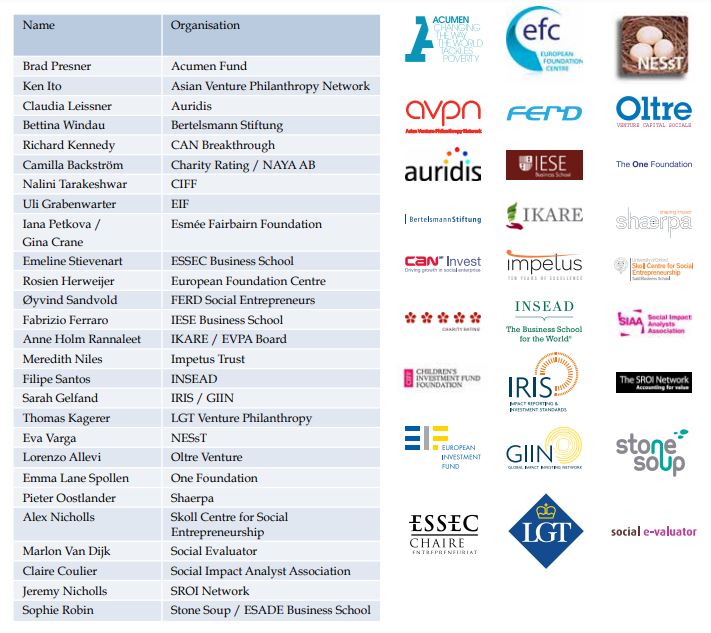Preface
Introduction from Daniela Barone Soares, Chief Executive of Impetus Trust
What’s Impact Measurement for? Ask a social purpose organization (SPO), and they’ll tell you it helps them prove that what they do makes an impact, gives funders reassurance that their money is well-spent, and provides the stories and case studies they need for further fundraising. They might add at the end that the data helps them refine and improve their programs, and inform their decision-making.
Venture Philanthropy Organisations (VPOs), like Impetus, work for a social sector where the work of impact measurement is driven by the need to extract maximum value from our finite resources. Where SPOs stop doing things that don’t work, even if funders love that project. Where new projects are explicitly based on learnings from previous work and bear the imprint of past successes and failures.
“Managing impact” might not be a phrase to set the world on fire but we believe the benefits of embedding the concept across the social sector would be transformational – and immediately tangible. SPOs are often experts in the needs of their beneficiaries, but lack the data on their own activities to make informed resource allocation decisions, or build an organization that really plays to its own strengths. Data doesn’t just reveal impact – it is a prerequisite for making an impact. It’s also the mother and father of innovation. Innovation isn’t just about ‘new’; it has to be about ‘better’. Data reveals where an SPO could do better and tells them when they’ve got there.
This Practical Guide to Measuring and Managing Impact is a timely resource with a wealth of much-needed information for Venture Philanthropy Organisations (VPOs), and the SPOs they back. It’s one of the many reasons we’re proud to partner with the EVPA Knowledge Centre because sharing best practices is an essential part of the development of our sector. VPOs are in a strong position to take impact measurement and management practice to the next level. Collecting relevant data, and crucially putting it to good use, is a key challenge for SPOs. Our unrestricted funding backs the unglamorous, but essential, work of building capacity. And we’re in it for the long haul: we know this sort of organizational change cannot happen overnight, and we don’t expect short-term projects to do the trick.
At Impetus, we are committed to building this capacity in the organizations we support. We build relationships of trust that allow us to push our organizations to achieve more than they might have thought possible. Our deep understanding of the sector is complemented by the private sector expertise we bring in, and our long-term engagement means that support packages can see an SPO right through the process of finding out what to measure, collecting the data, and putting in place the virtuous circle that connects performance data to performance improvement.
And of course, we are an SPO too! We are acutely aware that we have a duty to expend the resources entrusted to us for maximum impact, and that we only identify impact through data. We need to know what wouldn’t have happened without us – whether that be more lives changed, improved cost-efficiency, greater sustainability, or all of the above, in the organizations we support. This is undoubtedly difficult to measure. But we are committed to finding better, and more useful ways to do so; we know our own funders value this information, but first and foremost we are doing it to ensure that, year on year, we do what we do better. This guide helps us on our journey.
A final word: managing impact is not about removing risk, as this is often the partner of innovation. We believe SPOs should be intelligent risk-takers, with venture philanthropy providing the ultimate risk capital. Data allows you to know when you are taking a risk, as well as whether it pays off. And when the “pay off” can mean changing the lives of thousands, or even millions, we all need to know about it.
Daniela Barone Soares
Chief Executive, Impetus Trust
Expert Group composition
EVPA is grateful for the contribution of the following Expert Group to the development of
this manual.
Read the whole case study here:


